
#flu

#flu
Influenza Update 2025
University of Warwick, 15th - 16th December
warwick.ac.uk/fac/sci/med/...
Registration from £50 - £120
DEADLINE: 7th November
We hope you can join us there!

Influenza Update 2025
University of Warwick, 15th - 16th December
warwick.ac.uk/fac/sci/med/...
Registration from £50 - £120
DEADLINE: 7th November
We hope you can join us there!
Ten centers kicked off just as the pandemic was taking off, playing critical roles throughout.
We were just notified the whole network is terminated.
Reason? 👇

Ten centers kicked off just as the pandemic was taking off, playing critical roles throughout.
We were just notified the whole network is terminated.
Reason? 👇
www.nature.com/articles/d41...
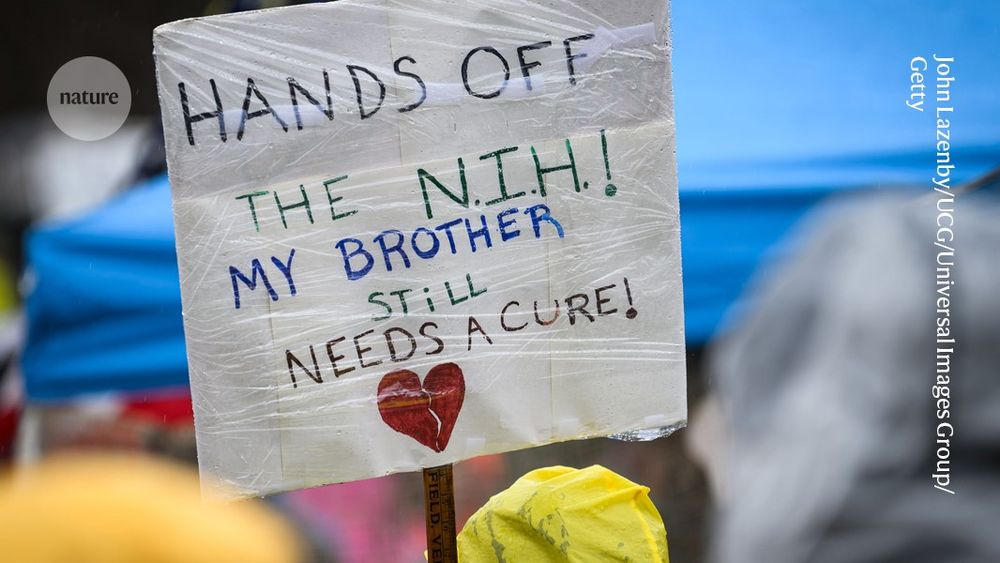
www.nature.com/articles/d41...

#IDsky 🧪
www.science.org/content/arti...
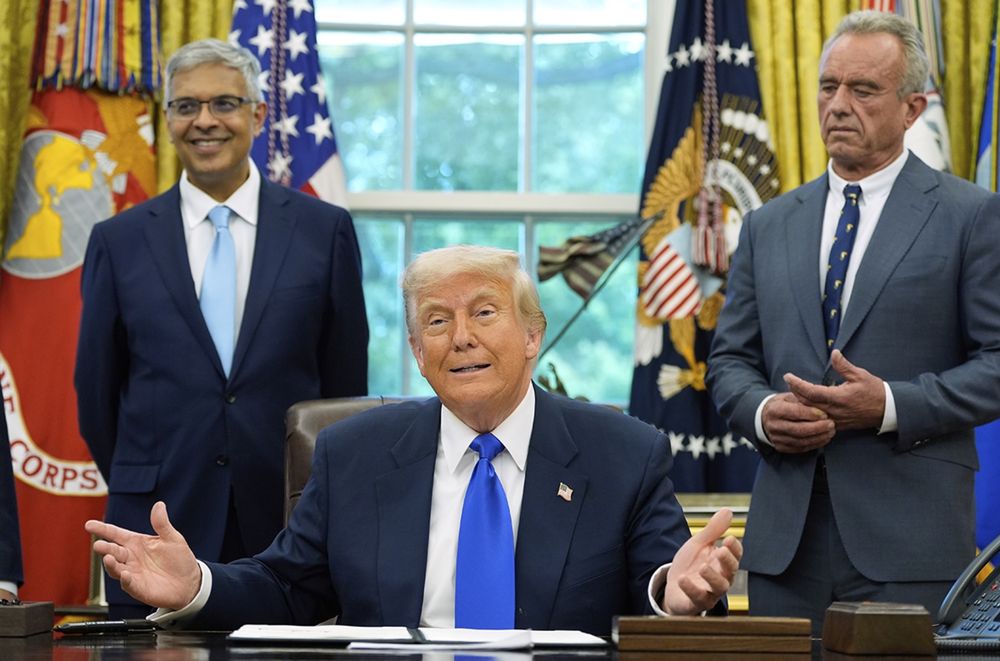
Two postdoc positions are available in the Fodor Lab at
@dunnschool.bsky.social to study influenza virus transcription, genome replication, nuclear export and assembly.
More info: my.corehr.com/pls/uoxrecru...
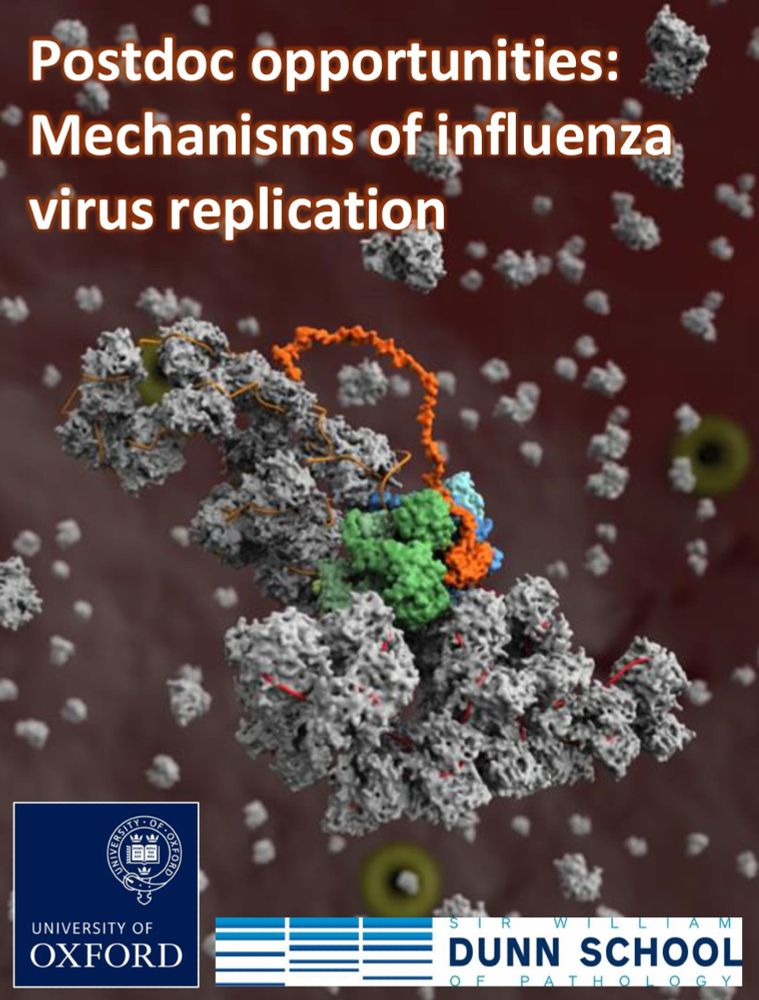
Two postdoc positions are available in the Fodor Lab at
@dunnschool.bsky.social to study influenza virus transcription, genome replication, nuclear export and assembly.
More info: my.corehr.com/pls/uoxrecru...
www.science.org/content/arti...
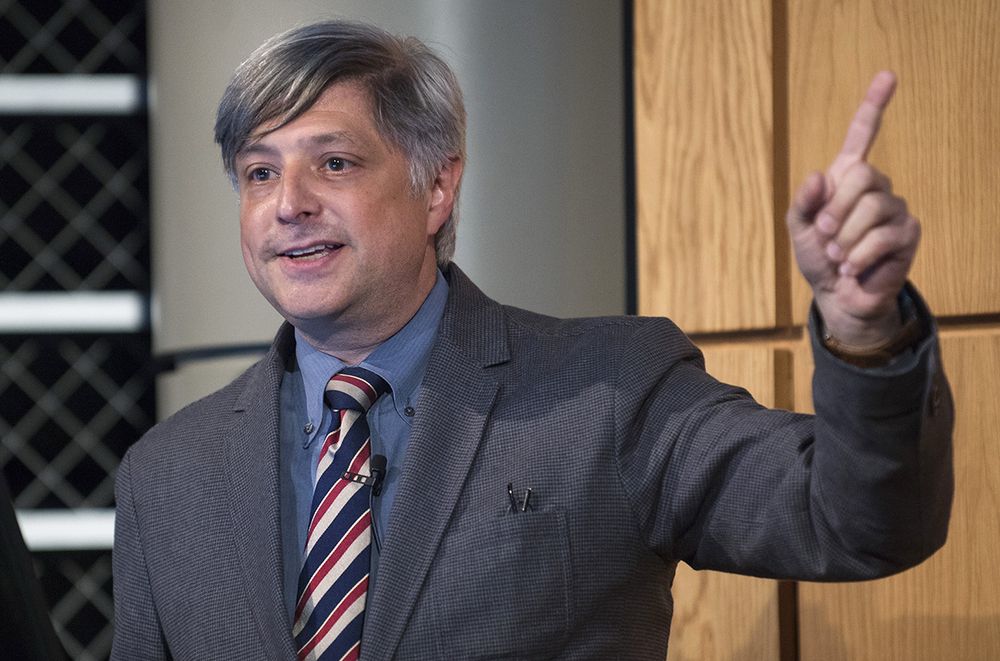
www.science.org/content/arti...
Also, hate seeing influenza listed first this document…
If enacted, it will effectively stop all of virological research, including for vaccines.
www.marshall.senate.gov/wp-content/u...
🧵👇

Also, hate seeing influenza listed first this document…
www.science.org/content/arti...
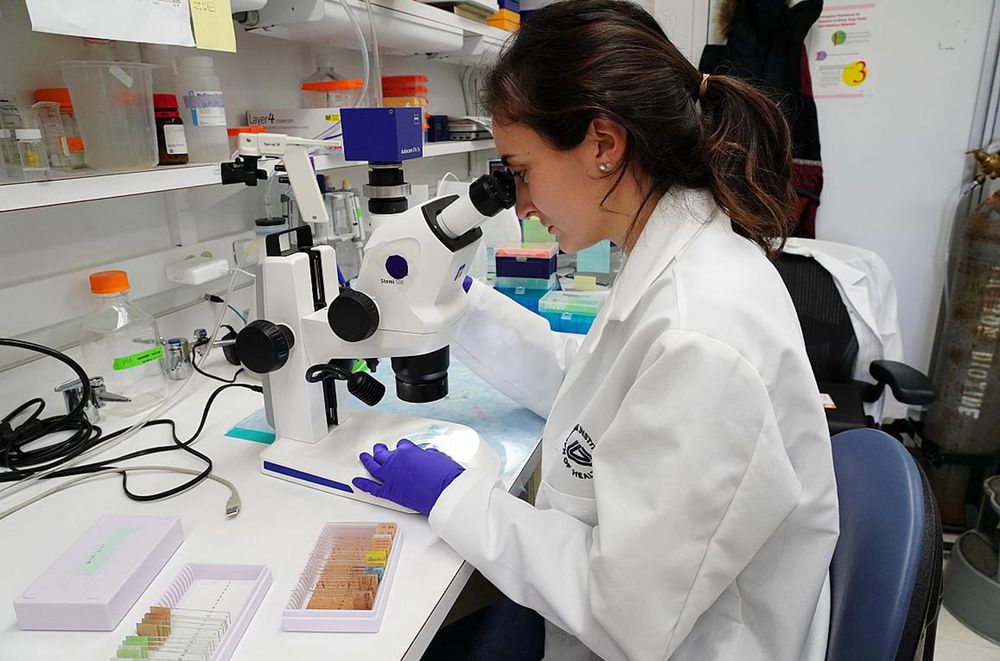
www.science.org/content/arti...
(views are my own)
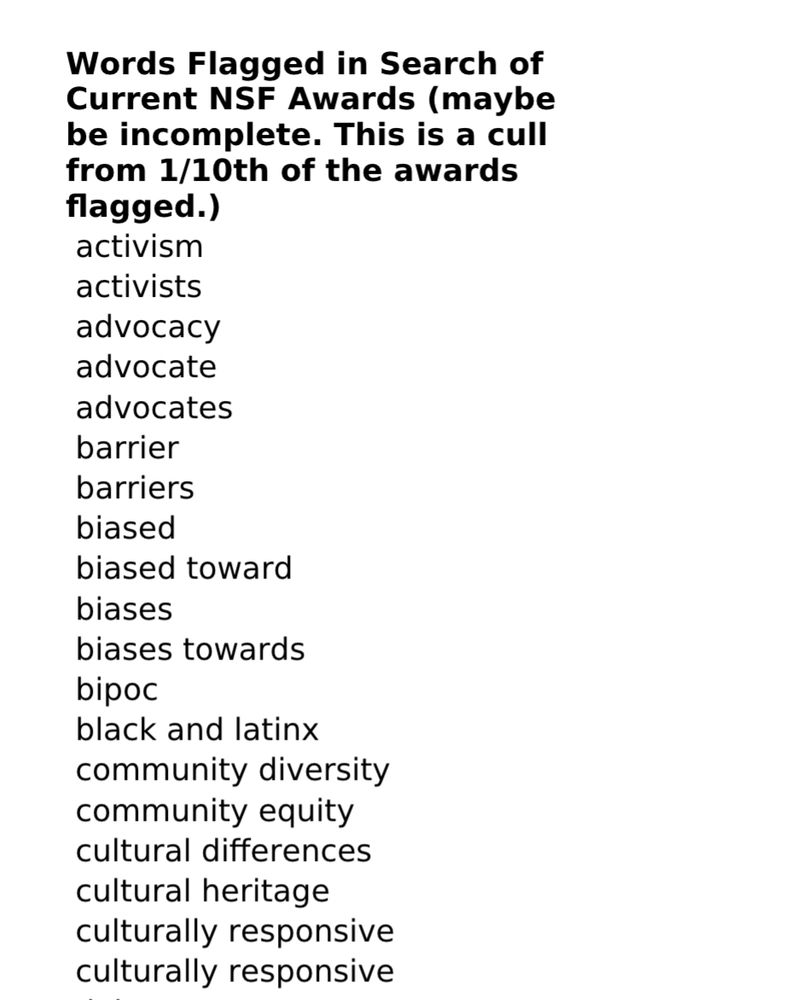
(views are my own)
If confirmed that it's not a bird intrusion into a milk tank, this means that there has been a new spillover into dairy cows.
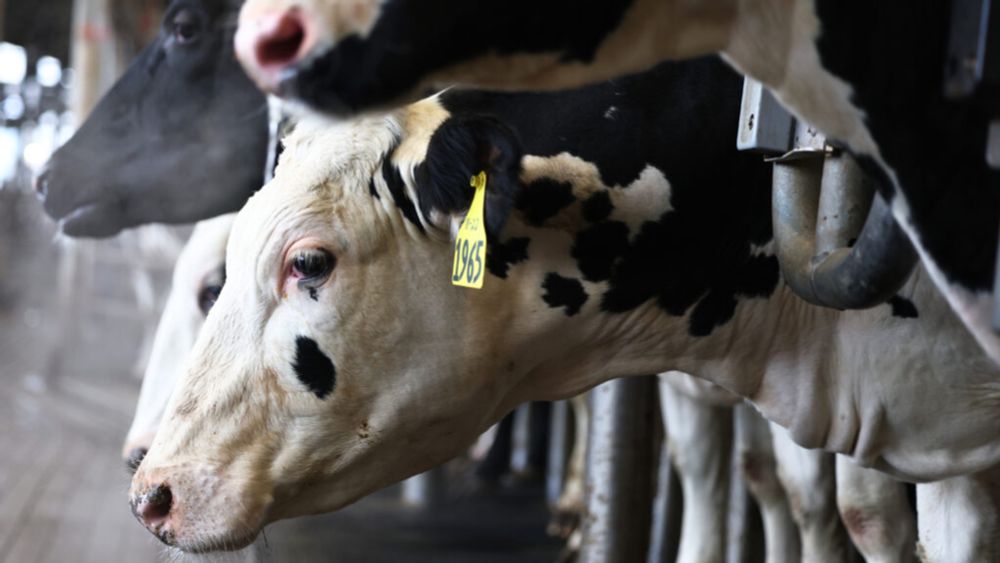
If confirmed that it's not a bird intrusion into a milk tank, this means that there has been a new spillover into dairy cows.

www.nature.com/articles/s41...
www.nature.com/articles/s41...
www.science.org/content/arti...

www.science.org/content/arti...
With @influenzal.bsky.social @vidhid.bsky.social @drclairesmith.bsky.social and many more!

With @influenzal.bsky.social @vidhid.bsky.social @drclairesmith.bsky.social and many more!
www.science.org/doi/10.1126/...
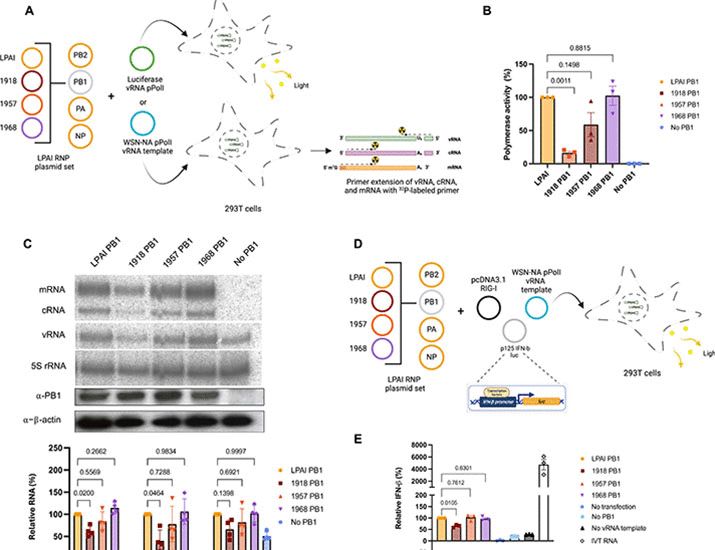
www.science.org/doi/10.1126/...
Job will be based at Imperial's South Kensington campus. Drop me a DM/email for more details.

Job will be based at Imperial's South Kensington campus. Drop me a DM/email for more details.


